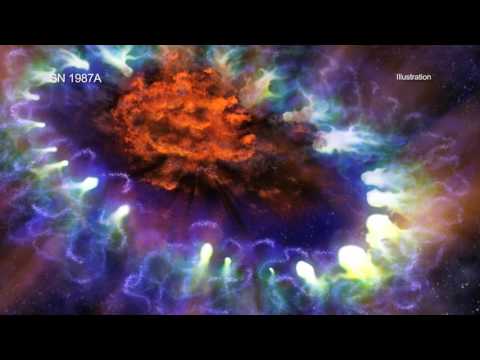Exploring the Mysteries of the Universe: A Guide to the Cosmos
The universe is a vast and mysterious place, full of wonders and mysteries waiting to be explored. From the depths of outer space to the subatomic particles that make up everything around us, there is no shortage of fascinating phenomena to discover. Whether you are a seasoned astronomer or simply curious about the world around you, the cosmos offers endless opportunities for exploration and learning.
One of the most fundamental questions that humans have asked throughout history is, “What is the universe made of?” This question has led scientists on a quest to understand the building blocks of the cosmos, from the smallest particles to the largest galaxies. By studying the forces that govern the universe, such as gravity and electromagnetism, scientists have been able to uncover some of the deepest secrets of the cosmos.
One of the most exciting developments in our understanding of the universe in recent years has been the discovery of dark matter and dark energy. These mysterious substances make up the vast majority of the universe, yet they are invisible and elusive. Dark matter, which is thought to make up about 27% of the universe, is believed to be a form of matter that does not interact with light or other forms of electromagnetic radiation. Dark energy, on the other hand, is a mysterious force that is causing the universe to expand at an accelerating rate.
Another fascinating aspect of the cosmos is the concept of black holes. These enigmatic objects are formed when massive stars collapse under their own gravity, creating a region of space where the gravitational pull is so strong that nothing, not even light, can escape. Black holes are thought to play a crucial role in the evolution of galaxies and the structure of the universe, and studying them can provide valuable insights into the nature of space and time.
In addition to black holes, the universe is also home to a wide variety of other exotic phenomena, such as neutron stars, quasars, and pulsars. These objects are formed from the remnants of dead stars and can exhibit behavior that is far beyond anything we see in our everyday lives. By studying these objects, scientists can gain a better understanding of the fundamental forces that govern the universe and the processes that shape its evolution.
For those interested in exploring the mysteries of the universe, there are a variety of tools and techniques available to help unlock its secrets. Observatories around the world, such as the Hubble Space Telescope and the Large Hadron Collider, provide a wealth of data that scientists can use to study the cosmos in unprecedented detail. In addition, amateur astronomers can explore the night sky using telescopes and other equipment to observe planets, stars, and galaxies up close.
Ultimately, the mysteries of the universe are vast and complex, but they are also endlessly fascinating. By delving into the cosmos and seeking to understand its secrets, we can gain a deeper appreciation for the beauty and complexity of the world around us. Whether you are a seasoned scientist or simply a curious explorer, there is always something new and exciting to discover in the vast expanse of the cosmos. So grab your telescope, put on your thinking cap, and get ready to embark on a journey of discovery through the wonders of the universe.













